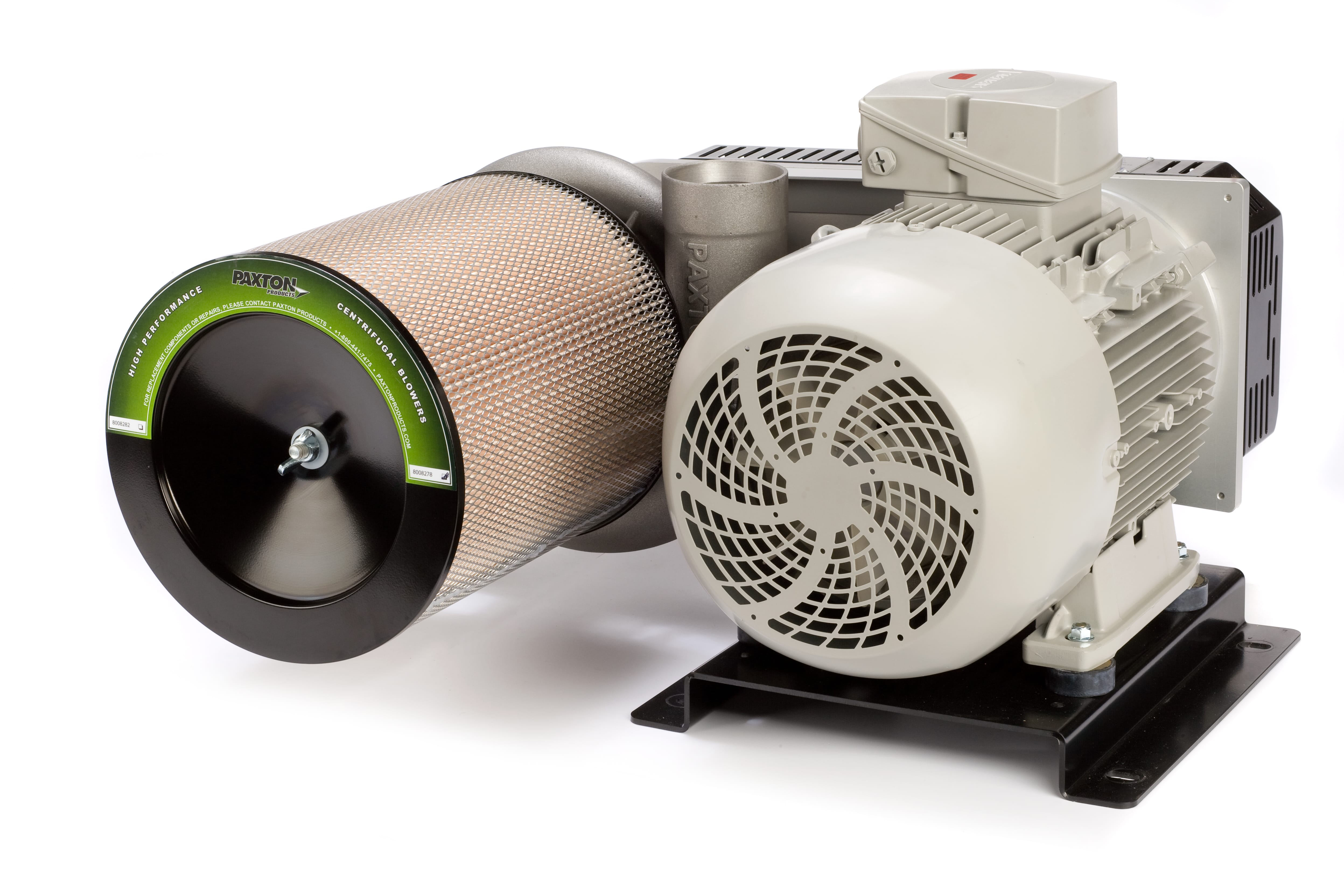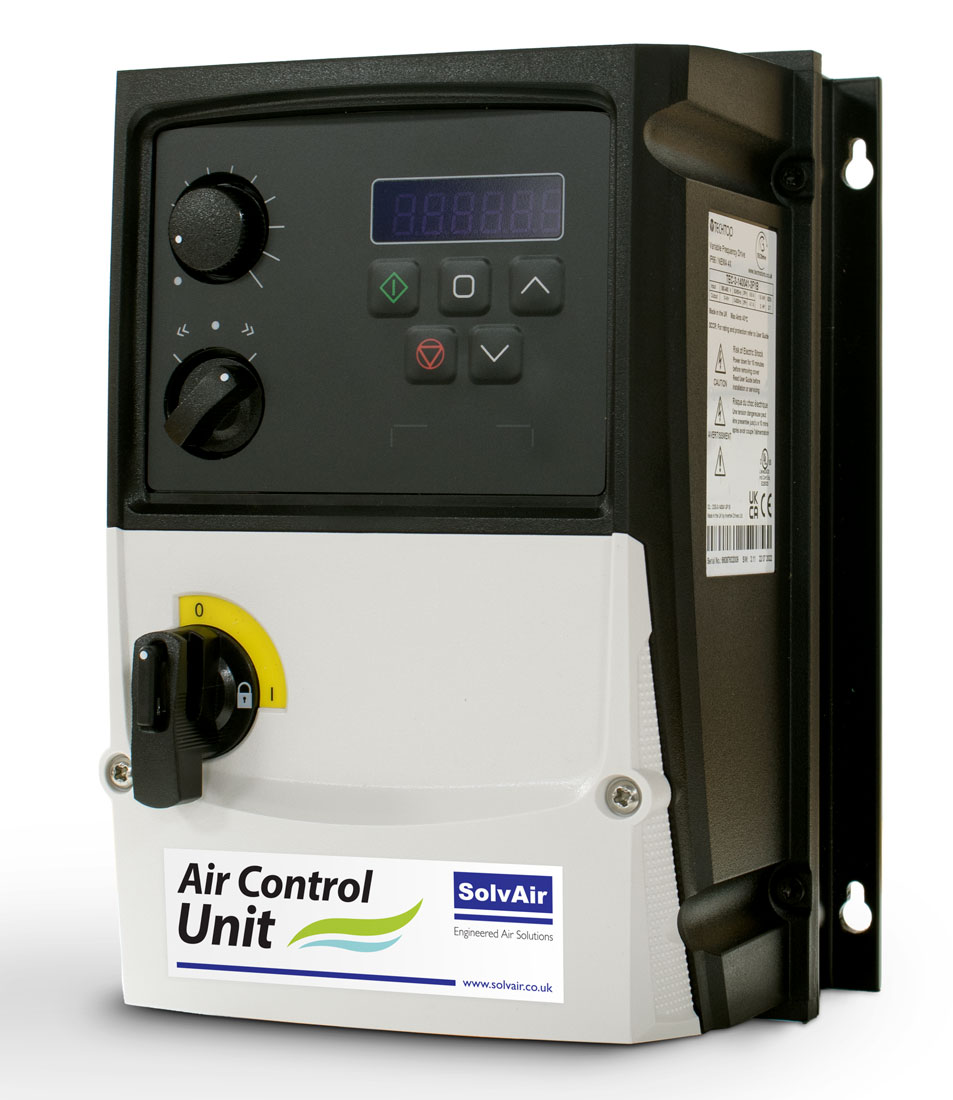Save £35,500+ per year off your running costs
Our systems are he main difference between compressors and blowers is the pressure ratio. Compressors operate at a high-pressure ratio, and blowers.
View Energy Savings DetailsAir Blowers and compressed air machines are the two main devices used by manufacturers to create high-speed air streams for industrial use.
Air Blowers and compressed air machines are the two main devices used by manufacturers to create high-speed air streams for industrial use.
A: The main difference between compressors and blowers is the pressure ratio. Compressors operate at a high-pressure ratio, and blowers at a low-pressure ratio.
Air compressors cram air into a small space which makes the air denser. Air blowers move air/gas with a moderate increase of pressure. The direction of the air being pushed by the blower can be changed by making changes to the blade angle of the blower.
View more related questions
Our systems are he main difference between compressors and blowers is the pressure ratio. Compressors operate at a high-pressure ratio, and blowers.
View Energy Savings Details
Our systems are he main difference between compressors and blowers is the pressure ratio. Compressors operate at a high-pressure ratio, and blowers.
Pro's & Con's of compressed air
Our systems are he main difference between compressors and blowers is the pressure ratio. Compressors operate at a high-pressure ratio, and blowers.
Our Popular Faq's
The main difference between compressors and blowers is the pressure ratio. Compressors operate at a high-pressure ratio, and blowers at a low-pressure ratio. The main difference between compressors.
| Industrial Application | Compressed Air | Blower System |
|---|---|---|
| Intermittent Air Flow | Compressed air can be the best solution if airflow is required intermittently, and your process only needs a 5-second blow-off every minute. | Whilst blowers opperate continually intermittent air flow is possible with the use of a solenoid air valves. |
| Continuous Air Flow | Not suitable for applications which require an airflow of more than 5 seconds every minute. | Concentrated air flow, able to run continuously 24/7 at low cost and with energy efficiency. |
| Blow-off | Ineffective at blow-off for most industries. Compressed air is only effective at targeted close range blow-off. | Low pressure, high-velocity air flow suitable for a wide range of blow-off applications. |
| Contamination | The cooling process needed to maintain compressed air means some fluid (oil and/or water) is ejected in the airstream, affecting drying applications. | Generates clean air - no air or oil needed in the system, meaning expelled air is dry. Able to create “air curtain” protective barriers. |
| Moisture Regulation | High cost to run continuously, difficult to ensure precision needed for moisture regulation. | Air flow able to be easily directed, to create an “air curtain” laminar air flow that adheres to surfaces, meaning it can remove or regulate moisture on a surface as needed. |
| Large Products | Small air outlet slots mean the size and energy requirements needed to deliver air over longer lengths are disproportionately large. | Air Knives available in 10mm increments up to 3.5metres. Capacity for large scale Air Knives easily supports large product drying/blow-off/moisture and contamination control. |
Air Blowers and compressed air machines are the two main devices used by manufacturers to create high-speed air streams for industrial use. In contrast to air compressors, Air Blowers have a much lower pressure ratio than compressors, making them cheaper and more energy-efficient to run.
We specialise in innovative design and installation of Air Knife Systems, customised to meet the specific.
The main difference between compressors and blowers is the pressure ratio. Compressors operate at a high-pressure ratio, and blowers at a low-pressure ratio.
The main difference between compressors and blowers is the pressure ratio. Compressors operate at a high-pressure ratio, and blowers at a low-pressure ratio.
The main difference between compressors and blowers is the pressure ratio. Compressors operate at a high-pressure ratio, and blowers at a low-pressure ratio.
The main difference between compressors and blowers is the pressure ratio. Compressors operate at a high-pressure ratio, and blowers at a low-pressure ratio.
What is an Air Blower?
An Air Blowers is a device that increases the speed and volume of air. Air Blowers come in different forms (regenerative blowers, positive displacement blowers for example), but the most common are centrifugal blowers. The air generated by Air Blowers is highly effective for cooling, cleaning, blow-off, removing/regulating moisture, and Air Blowers are known in particular for their energy efficiency.
What are the parts of a Centrifugal Air Blower?
Centrifugal Air Blowers typically include fan housing, inlet and outlet ducts, driveshaft, drive mechanism, and crucially, impellers. Impellers are rotors that are used to increase air pressure and air flow, and in the Air Blower are powered by electricity to make them spin. As air enters the centre of the impellers it is divided between the impeller blades. This process increases the volume of the air stream, and as the impeller spins, it accelerates this air using centrifugal force, and the high-velocity air is slowed/diffused in the blower housing to create pressure. Impellers are basically the opposite of turbines, which decrease pressure and extract energy from fluids such as air.

What is compressed air?
Compressed air is standard, breathable air that has been reduced in volume, and is then kept at this smaller size in a pressurised chamber. Compressed air is typically used in two main ways: as an energy source, and as air that is used for blowing.
How is compressed air created?
Compressed air is created by applying pressure – and then maintaining that pressure – to atmospheric air (air that is at “atmospheric pressure” – the pressure within the atmosphere of the Earth). This is done through the atmospheric air being trapped in a container, and then the space in this container being reduced. This then reduces the volume of the atmospheric air by reducing the space between the molecules in it, forcing them together (it is important to note that compressed air is made up as the same molecules as atmospheric air, just
maintained on the container to keep air in this reduced space.
Air compressors
The device that reduces the volume of atmospheric air, to create compressed air, is known as an air compressor. Air compressors are available in a range of functions, for example low, medium and high pressure, ranging from 150psi to over 1000psi (PSI – Pounds per Square Inch), 10 to 70 bar.

Our free consultations and site visits often highlight poorly configured and inefficient use of compressed air (examples shown below) where Air Blowers offer both substantial long-term cost savings and increased performance. Contact us for more details.